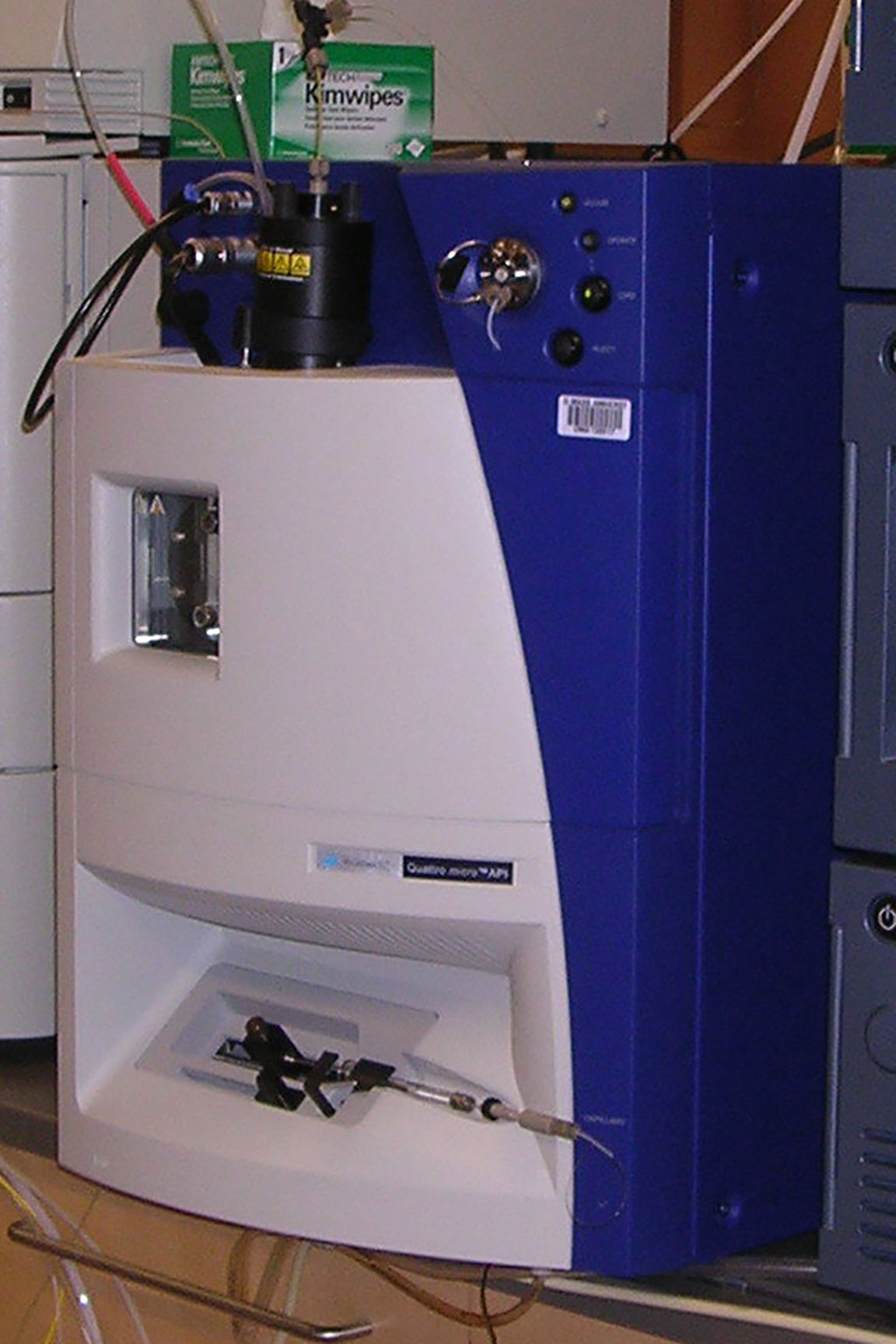Plasma Lipidome Investigated in Hereditary Hemochromatosis
By LabMedica International staff writers
Posted on 28 Jul 2020
Hereditary hemochromatosis (HH) is an autosomal recessive genetic disorder with increased intestinal iron absorption which leads to iron overload and consequently to tissue damage and functional impairment of organs like liver, pancreas, and heart.Posted on 28 Jul 2020
In humans iron overload causes elevated triglycerides. Genetic predisposition for HH is associated with primary hypertriglyceridemia. Hypertriglyceridemia was found in almost a third of subjects with HH which was significantly decreased by phlebotomies, whereas in non-HH subjects with hyperferritinemia and hypertriglyceridemia repeated phlebotomies did not reduce triglyceride concentrations.

Image: Micro Mass Quattro Premier Mass Spectrometer (Photo courtesy of University of Massachusetts Amherst).
Gastroenterologists at the University Hospital Heidelberg (Heidelberg, Germany) conducted a cohort study of 54 subjects with HH and 20 healthy subjects. Patients were analyzed for their iron status including iron, ferritin, transferrin and transferrin saturation and serum lipid profile on a routine follow-up examination. Diagnosis of HH was done by genetic analysis (C282Y) in the hospital central laboratory according to standard methods.
Serum samples were subjected to lipid extraction according to Folch methods. The levels of phospho- and sphingolipids in lipid extracts were determined with a triple-quadrupole Micro Mass Quattro Premier mass spectrometer coupled with a liquid-chromatography system (Waters, Milford, MA, USA). The following polar lipids (phospho- and sphingolipids) were measured: phosphatidylcholine (PC), lysophosphatidylcholine (LPC), phosphatidylinositol (PI), phosphatidylserine, phosphatidylethanolamine (PE), lysophosphatidylethanolamine (LPE), and sphingomyelin (SM).
The scientists reported that the HH group showed significantly lower serum phosphatidylcholine (PC) and significantly higher phosphatidylethanolamine (PE) compared to healthy control group. The ratio of PC/PE was clearly lower in HH group indicating a shift from PC to PE. Triglycerides were significantly higher in HH group. No differences were seen for HDL, LDL and cholesterol. Hepatic steatosis was significantly more frequent in HH. PNPLA3 polymorphism (CC versus CG/GG) did not reveal any significant correlation with iron and lipid parameters including neutral and polar lipids, grade of steatosis and fibrosis.
The authors concluded that their study strengthens the hypothesis of altered lipid metabolism in HH and susceptibility to nonalcoholic fatty liver disease. Disturbed phospholipid metabolism may represent an important factor in pathogenesis of hepatic steatosis in HH. The study was published on July 17, 2020 in the journal BMC Gastroenterology.
Related Links:
University Hospital Heidelberg
Waters













